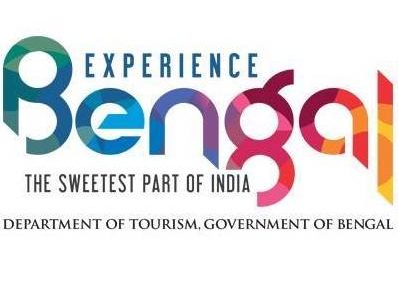
Today you will see plenty of remnants of Narajole’s royal past
At first glance, the village of Narajole, about 115 km west of Kolkata by road in Paschim Medinipur district is a completely ordinary rural settlement. Until you find out its history, and that of the royal family it was once home to.
The founder of this family was Udaynarayan Ghosh, who is believed to have moved from Burdwan to Narajole in the 1400s. Legend has it that Udaynarayan had a vision of goddess Durga in a dream, which led to the recovery of a Durga idol made of gold in the jungles of Narajole, along with other treasures such as gems and jewellery. Udaynarayan took this as a divine hint and settled in the village.
The family were later handed the zamindari of Narajole and its adjoining regions by the Mughals, and continued to hold that position until the abolition of zamindari following Independence. However, there are interesting twists to this tale.
In 1596, in return for supporting the Mughal army, Balwant Ray, an eighth-generation descendant of Udaynarayan, received the title ‘Khan’ from Raja Man Singh of Jaipur, Emperor Akbar’s famed general and the Mughal subahdar (governor) of Bengal. Subsequently, the family adopted the titular Khan as a last name.
After the collapse of the Mughal Empire in the 18th century, the region was taken over by the Nawabs of Bengal and then the British East India Company, though the royal family continued to prosper. In the 19th century, it produced its most famous son, Mahendralal Khan (1843-92), a talented writer-musician and noted philanthropist whose written works provide valuable insights into the history of his family. In 1887, the British administration bestowed on Mahendralal the title ‘Rajah’.
Mahendralal’s son Narendralal Khan was also a philanthropist, notably in the domains of public education and women’s rights. Like his father, he too was awarded the title ‘Rajah’, but he was secretly helping Indian revolutionaries fight the British.
Post-1905, however, his activities were no longer secret, thanks to his association with such renowned revolutionaries as Khudiram Bose, Hemchandra Kanungo, brothers Arabinda and Barin Ghosh, and Ullaskar Datta. In fact, a hub for armed revolutionaries had come up on the protected premises of Narajole Rajbari (palace), where young men would undergo firearms and explosives training.
In 1908, the British-Indian police finally arrived at the rajbari with a search warrant, and found some firearms and bullets. This led to the arrest of Narendralal Khan, and he was banished to solitary confinement in Medinipur Jail. When his bail application was rejected, nearly 10,000 agitated locals gathered at the courthouse demanding his release. Finally granted bail after a few weeks, Narendralal was stripped of his title and kept under house arrest, though he continued to fund revolutionary secret societies until his death in 1920.
His son Debendralal Khan continued the nationalist legacy, hoisting the national flag at Narajole Rajbari on January 26, 1930 and becoming a close associate of both Netaji Subhas Chandra Bose and Mahatma Gandhi. After Independence, the family lost its zamindari, though descendants still live in Narajole, the 21st generation of the family.
Today, you will see plenty of remnants of Narajole’s royal past, though much of it is in ruins. Most of the structures came up during the rule of Mohanlal Khan, grandfather of Mahendralal, and include beautiful temples dedicated to Lord Shiva and other deities and a ‘rasmancha’ celebrating Radha-Krishna.
The main palace itself is home to the Sitaram Jiu temple, built in 1819. Large portions of the palace are now dilapidated and broken, though it once functioned as the home of the Narajole Raj College. Near the Sitaram Jiu temple stands the Govind Jiu temple dedicated to Lord Vishnu, possibly built by Sitaram Khan in 1860. Both temples boast some exquisite examples of stone and woodwork.
Festivals such as Ram Navami and Rasjatra are still religiously celebrated at Narajole, though visitors are not too frequent. About a three-hour drive from Kolkata, Narajole is just about 32 km from Medinipur town.

